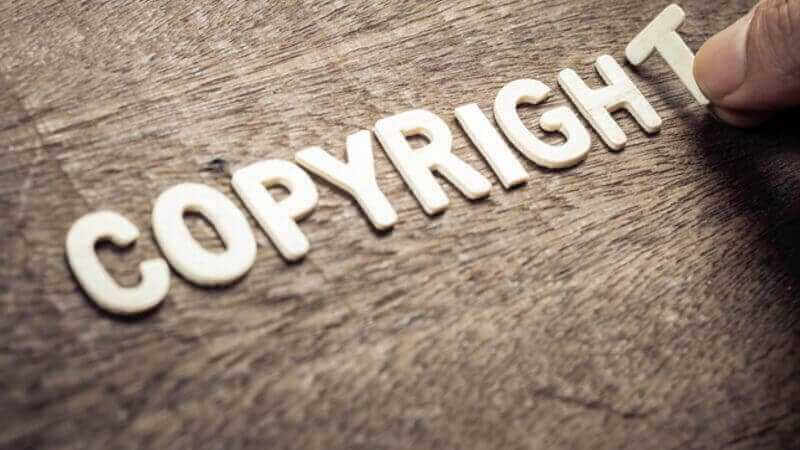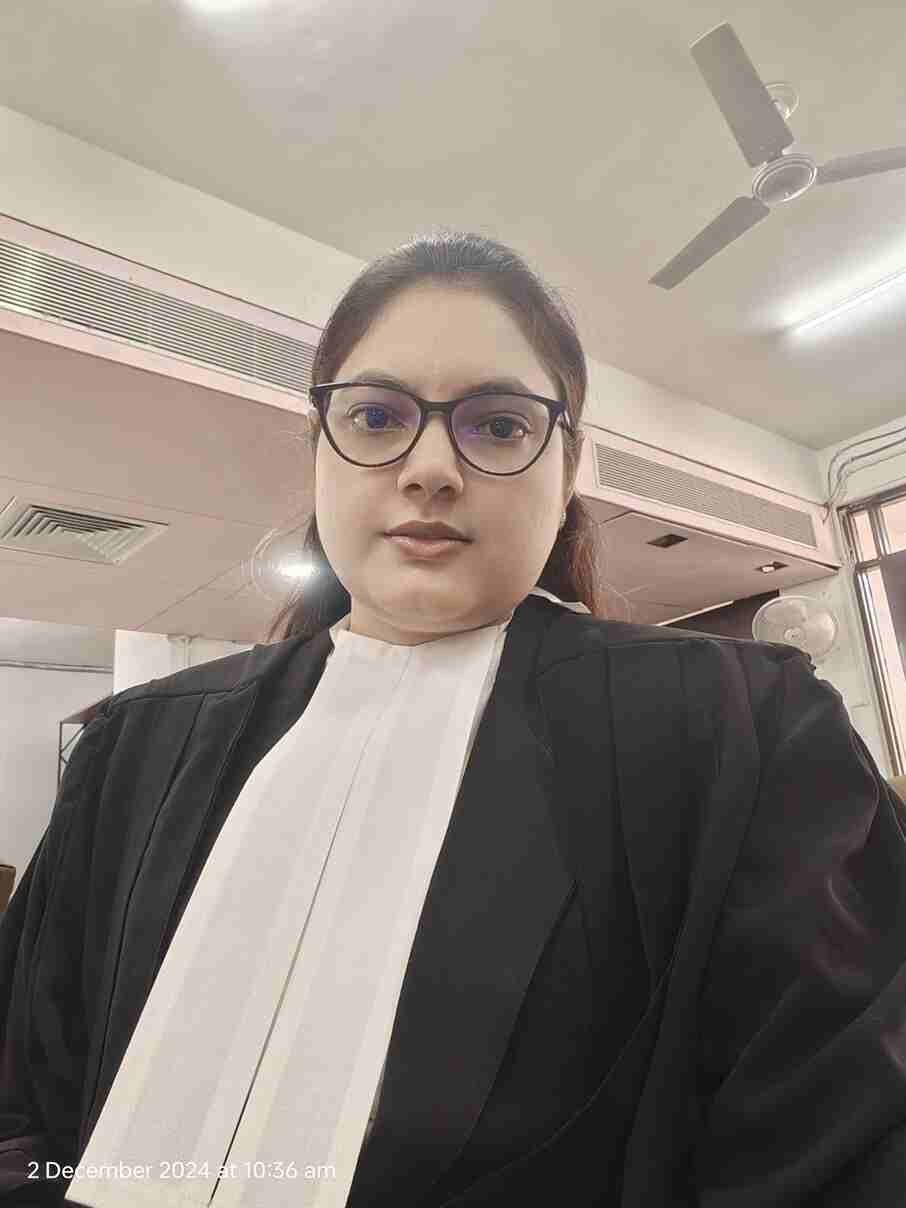
Copyright Registration in India: Complete Guide to Process, Fees, Evidence & Enforcement
A comprehensive, practical guide for Indian creators, startups, agencies, and businesses—covering the full copyright registration process, official fees, the role of the Copyright Office India, a text-based process flowchart, timelines, objections, evidence-building, and post-registration enforcement.
Table of Contents
- Introduction: Why registration still matters when copyright is automatic
- Copyright registration in India
- Copyright Office India
- Fees for copyright registration in India
- Copyright registration process
- Copyright registration process flowchart
- Documents, evidence & practical filing tips
- Timelines, objections & scrutiny
- Common mistakes to avoid
- Real-world scenarios & use-cases
- Frequently asked questions
- Conclusion & next steps
Introduction: Why registration still matters when copyright is automatic
Under the Indian Copyright Act, 1957, copyright protection arises the moment an original work is created and fixed in a tangible form—no paperwork, no stamps. However, registration adds procedural and evidentiary muscle. Consider two photographers disputing who clicked a viral image first. Both claim ownership, both have files on their computers. The one with a copyright registration certificate and a clear audit trail of submission dates, original RAW files, and metadata will usually be in a better position during legal notices, platform takedowns, and injunction hearings.
For businesses, agencies, and startups, registration also makes commercial life easier. Investors, licensees, and enterprise clients often conduct IP due diligence. A clean, searchable registration record signals maturity and reduces negotiation friction. The cost is low, the upside is significant, and the administrative effort is finite—making it a no-brainer for serious creators and brands.
- Proof & Presumption: Registration creates a public record and strengthens prima facie proof of authorship and date.
- Faster Enforcement: Platforms and hosts respond more readily to clear documentary evidence.
- Commercial Credibility: Licences, assignments, and acquisitions close faster with clean IP paperwork.
- Portfolio Hygiene: A consistent habit of filing reduces chaos when a dispute erupts.
Copyright registration in India
Copyright registration in India is an electronic filing exercise performed through the official portal of the Government of India. You prepare digital copies of the work, choose the correct category (literary, dramatic, musical, artistic, cinematograph film, sound recording, or computer program), complete the prescribed form, pay the applicable government fee, and then wait for scrutiny and the mandatory objection period. If no substantive issues arise, the entry is made in the Register of Copyrights and the certificate is issued.
Registration does not create copyright—your creation does. What registration does is document the authorship, the date, the category, and declared ownership so that later you are not building your claim from scratch. If a third party raises an objection (for example, claims joint authorship), the Examiner or Registrar may seek clarifications, conduct hearings, or ask for additional documentation. With accurate filings, most routine applications proceed without hearings.
What counts as a “work” is broader than many assume. A social media caption may be too short to meet originality thresholds, but collections of captions, a designed campaign deck, an app UI kit, a photo series, a choreography notation, a podcast episode master, or a music production template will usually qualify. Even code comments and architectural documentation can be protected if they are sufficiently original. The key threshold is originality and expression, not novelty (that’s for patents) or brand distinctiveness (that’s for trademarks).
Remember: Ideas, facts, and concepts are not copyrighted. The expression of those ideas is. Your unique words, structure, selection, and arrangement are protectable; the underlying idea is not.
Copyright Office India
The Copyright Office India functions under the Department for Promotion of Industry and Internal Trade (DPIIT), Ministry of Commerce and Industry. It administers the registration system, maintains the Register of Copyrights, processes objections, and issues certificates. The Office also supports policy and stakeholder communication around copyright in India.
Official portal: For forms, official fee schedules, and status tracking, use the Government portal at https://copyright.gov.in. This is the authoritative source for rules and procedural updates and should be your first reference before filing.
- Electronic filing only (save rare exceptions).
- Diary number generated on submission for tracking.
- Objections window of 30 days for public notice.
- Examination and certificate issuance upon satisfaction.
Location for correspondence (for reference): Boudhik Sampada Bhawan, Plot No. 32, Sector 14, Dwarka, New Delhi – 110078. In practice, applicants rarely need to visit; submissions, scrutiny, and communications are handled online.
Fees for copyright registration in India
Government fees are prescribed in the Copyright Rules and may be revised through notifications. Always verify the latest figures on the official portal before payment. As a practical guide for planning budgets:
- Literary / Dramatic / Musical / Artistic works: Commonly the lowest band of fees. Suitable for books, blogs, illustrations, logos, album art, choreography notation, and lyrics.
- Cinematograph films: Higher fee bracket, reflecting the multi-layered nature of film works and the multiple underlying rights that interact with it.
- Sound recordings: Distinct from the musical composition and lyrics. The master recording is a separate right and needs its own application.
- Computer programs / software: Typically a higher fee. You will generally supply code excerpts (for example, the first and last 10 pages) with non-sensitive sections redacted if necessary.
For startups and agencies filing multiple works (for example, a campaign with several posters, ad films, and a jingle), it’s wise to prepare an internal filing calendar to batch submissions efficiently, minimise clerical errors, and keep invoices tidy for accounting.
Fee payment is made online during filing. The system issues a receipt instantly; store it alongside your internal evidence pack (explained later) so you have a single, clean dossier for each work.
Pro tip: Register the underlying elements separately when they have independent commercial value. For example, for a music video you might file: (i) lyrics/composition as literary/musical work, (ii) sound recording (the master), and (iii) the cinematograph film. This layered approach strengthens your enforcement options.
Copyright registration process
The online filing journey is straightforward, but details matter. Here’s the typical sequence, with practical notes for each stage:
- Create your account: Sign up on the official portal. Use a controlled email ID owned by your business (not a personal ID) to retain continuity if team members leave.
- Choose the correct category: Misclassification can trigger objections. Review examples on the portal to confirm.
- Title & description: Use specific, human-readable titles. “Q2 Social Media Pack – Real Estate – 40 Posters & Reels” is better than “Posters.” Add a crisp description summarising scope and distinctive features.
- Upload the work: Provide an appropriate file type and resolution. For code, supply excerpts in a searchable format (PDF) and keep sensitive API keys out of the submission.
- Author & owner details: Distinguish between the natural person who created the work (author) and the entity that owns economic rights (employer/assignee). Attach assignments if ownership has moved to a company/client.
- NOC / permissions: Where needed, attach no-objection statements from collaborators, co-authors, or clients, especially for commissioned or derivative works.
- Pay the prescribed fee: Complete payment and safely store the receipt.
- Diary number: On submission, you receive a diary number—your tracking key for status, objections, and hearings.
After filing, the application enters the 30-day objection window for public notice. Simultaneously or thereafter, the Examiner reviews the file for completeness and compliance. If clarifications are needed, you’ll receive a notice; respond within the stipulated timeline with clear, concise answers and supporting documents.
On satisfaction, the Registrar makes the entry in the Register of Copyrights and issues the certificate in your name (or the assignee company, where applicable). Keep the PDF certificate and the underlying evidence pack in your document vault.
Copyright registration process flowchart
The following text-based flowchart lays out the journey end-to-end. It renders cleanly on mobile, is copyable for internal SOPs, and keeps your team aligned without a separate image asset.
+----------------------------------------------------------------------------------+
| START |
+----------------------------------------------------------------------------------+
|
v
+---------------------------+ Create account & verify email on the +
| 1. Account Setup |---- government portal (copyright.gov.in). |
+---------------------------+ +
|
v
+---------------------------+ Choose the correct category: literary, dramatic,|
| 2. Choose Work Category |---- musical, artistic, cinematograph film, |
+---------------------------+ sound recording, or computer program. |
|
v
+---------------------------+ Draft a specific title and short description; |
| 3. Title & Description |---- avoid generic names; mention version/release. |
+---------------------------+ |
|
v
+---------------------------+ Prepare digital copy (PDF/JPG/MP3/MP4/Code PDF) |
| 4. Prepare Digital Files |---- redact secrets, include representative samples. |
+---------------------------+ |
|
v
+---------------------------+ List author(s) and owner/assignee; attach |
| 5. Author & Ownership |---- assignments/NOCs where applicable. |
+---------------------------+ |
|
v
+---------------------------+ Upload files and supporting documents. |
| 6. Upload & Declarations |---- Double-check names, dates, signatures. |
+---------------------------+ |
|
v
+---------------------------+ Pay the prescribed fee online and save receipt. |
| 7. Payment |---- |
+---------------------------+ |
|
v
+---------------------------+ Receive DIARY NUMBER for tracking; |
| 8. Diary Number |---- note deadlines for responses. |
+---------------------------+ |
|
v
+---------------------------+ 30-day public notice window; third parties may |
| 9. Objection Period |---- raise objections; respond with evidence. |
+---------------------------+ |
|
v
+---------------------------+ Examiner reviews; may issue clarifications; |
| 10. Examination |---- hearings possible for complex matters. |
+---------------------------+ |
|
v
+---------------------------+ On satisfaction, Registrar enters work in the |
| 11. Registration & Cert |---- Register of Copyrights; certificate issued. |
+---------------------------+ |
|
v
+---------------------------+ Store certificate + evidence pack; plan |
| 12. Enforcement & Use |---- licensing, DMCA/takedowns, and monitoring. |
+---------------------------+ |
|
v
+----------------------------------------------------------------------------------+
| END |
+----------------------------------------------------------------------------------+
Documents, evidence & practical filing tips
Think like a litigator: if an infringer disputes your authorship a year from now, what would convince a judge in the first 30 seconds of reading your affidavit? Build an evidence pack for each work the day you file—so that enforcement is fast and low-drama:
- Originals: Keep original files (RAW photos, project files, DAW session files, code repository commits) with timestamps.
- Drafts & versions: Maintain versions showing the evolution of the work; courts value contemporaneous records.
- Contracts & emails: Store commissioning emails, client briefs, and assignment deeds (if rights are transferred).
- Proof of publication: Screenshots, ISBN data, release notes, app changelogs, and platform upload receipts.
- Hashing: Optionally compute SHA-256 hashes of final files and store in your matter folder to evidence integrity.
When works are collaborative, prepare simple co-authorship acknowledgments early. If a company owns the work, ensure employment agreements or work-for-hire clauses are clear that economic rights vest in the organisation.
Timelines, objections & scrutiny
After filing, the application is visible for 30 days for public inspection and objections. During or after this period, the Examiner evaluates formal compliance. Issues typically arise in the following buckets:
- Misclassification: Filing a music video only as a sound recording (missing the film layer), or vice versa.
- Ambiguous titles: Generic labels like “Poster Design” without a date, campaign name, or version number.
- Ownership gaps: No assignments where a company claims ownership of an employee’s work.
- Derivative confusion: Submitting a remix or translation as original without permission documentation.
If objections are raised, respond concisely with annexures: explain authorship, attach contracts, include draft iterations, and point to public releases or repository history. Where hearings are scheduled, your counsel will address points of law and fact. Most routine matters close without a hearing when documentation is crisp.
Authoritative reference: For current procedures, forms and rules, consult the Government’s official portal: Copyright Office India — DPIIT.
Common mistakes to avoid
- Waiting until infringement: Filing after a dispute invites uncertainty and bargaining disadvantages.
- Over- or under-scoping: Trying to squeeze multiple unrelated works into one application, or fragmenting a single cohesive work unnecessarily.
- Weak evidence: No drafts, no source files, no repository history—make your future self’s life easier.
- Confusing moral and economic rights: Authors retain moral rights (attribution/integrity) even after assignments; plan licences accordingly.
- Ignoring metadata: Stripped EXIF, missing version numbers, and inconsistent filenames weaken your narrative.
Real-world scenarios & use-cases
1) Startup branding pack
A Gujarat-based startup commissions a brand kit: logos, colour system, social templates, and a pitch deck. The design studio files separate applications for the artistic works (logos and key illustrations) and a literary work (brand guidelines document). When a competitor lifts the social templates, the studio serves a legal notice attaching registration certificates and their evidence pack—resolution happens without litigation.
2) Indie musician release
An indie artist records a song and a music video. They file three applications: (i) musical/literary work (composition + lyrics), (ii) sound recording (the mastered track), (iii) cinematograph film (the video). Months later, an aggregator re-uploads the track under a compilation channel. The artist files platform takedowns with certificates; the content is removed swiftly.
3) SaaS product with proprietary UI kit
A SaaS team builds a design system and UI components. They file as a literary/artistic work for documentation + design files and as a computer program for the core code. When a rival forks the code and markets a confusingly similar product, the company uses registration plus repository history to negotiate a cease-and-desist, while considering trademark action for brand misuse.
4) Wedding photographer portfolio
A photographer registers curated album sets (artistic works). When a venue uses the images in ads without credit or permission, the photographer asserts rights with certificates and offers a paid licence. The dispute converts into revenue instead of a social-media argument.
5) Ed-tech textbook & solution bank
An ed-tech firm compiles an original textbook and a solution bank (literary works) with unique pedagogy diagrams (artistic). A reseller begins selling PDFs online. With registrations and a well-documented creation trail, the firm secures prompt takedowns and later claims damages.
Frequently asked questions
Is registration mandatory for protection?
No. Copyright exists upon creation. Registration is optional but recommended because it simplifies proof and enforcement.
What if my work changes after registration?
Major revisions, new editions, or new versions can be filed as separate registrations with updated titles and descriptions noting the version or edition.
Can I register a website or app?
Yes. You can register the textual and visual content (literary/artistic) and the software (computer program). File them separately where each has independent value.
How long does it take?
Simple matters may complete in a few months. Complex, objected, or derivative-heavy works can take longer, depending on clarifications and hearings.
Does registration help with foreign takedowns?
Yes. Many platforms respond to well-documented claims backed by a government-issued certificate, even though copyright protection is territorial.
Can employees assign rights to the company?
Yes. Use clear employment IP clauses. For contractors, execute written assignments transferring economic rights to your business.
What evidence should I keep for software?
Clean repository history, design documents, architecture diagrams, code excerpts in the filing, and redaction of secrets in public-facing documents.
Can I register AI-assisted content?
Where human authorship and original selection/arrangement are substantial and identifiable, registration may be possible. Document the human contribution clearly.
Conclusion & next steps
Copyright registration is a modest investment that pays off every time you issue a notice, negotiate a licence, or need quick platform action. You’ve seen how the fees for copyright registration in India work, how to navigate the copyright registration process, what the Copyright Office India expects, and how to follow the copyright registration process flowchart from account creation to certificate issuance. The final step is execution: set a monthly filing cadence, build standard evidence packs, and align contracts so that ownership is never in doubt.
Need help filing or responding to an objection? Our IP team handles end-to-end filings, evidence curation, and hearings preparation for creators, startups, media houses, and SaaS companies. We also advise on licensing models to monetise your catalog once certificates arrive.
High-authority reference
Always verify the latest rules, forms, and fee notifications at the official Government portal: Copyright Office India — DPIIT.
Need Expert Help?
From drafting to filing, from objections to enforcement—our IP advocates make the process smooth, compliant, and quick. Share your work and we’ll handle the rest.
Talk to an IP Advocate NowSelect Your Legal Problem
🧑⚖️
Our Verified Legal Experts
Have questions about your case? Talk Directly to Our Lawyers! Our verified advocates are here to guide you with honest, expert legal advice.
🤝 ⚖️






